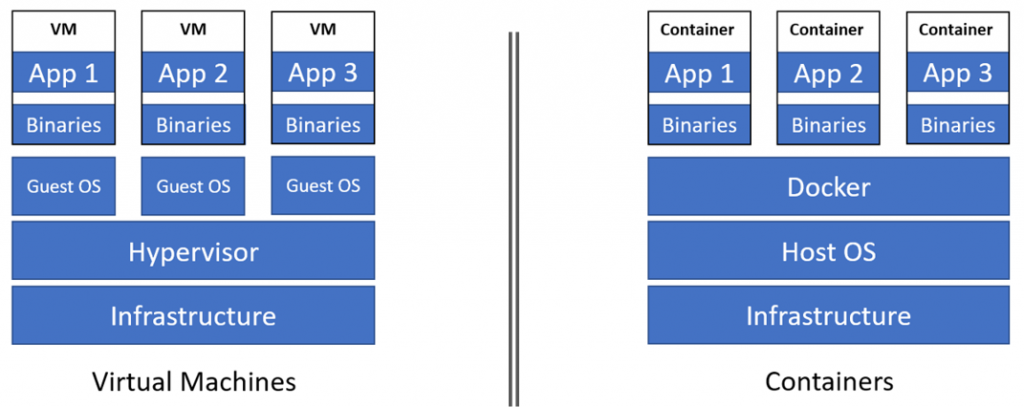ITAM in complex environments: Containers
This article was written by Rich Gibbons, ITAM Review, and Heather McKay, Flexera.

ITAM in complex environments is key. The rapidly shifting IT landscape contains several new technologies that all present both opportunities and challenges to organisations. These include:
- SaaS Cloud
- IaaS Cloud
- Containers
- Serverless
Understanding these technologies – why they might be used, what changes might they cause – is key to effectively managing them in the long-term. Typically, it’s a lack of visibility into these new assets that causes problems for ITAM managers.
The focus of this article is containers and new, cloud related stakeholders.
Containers
Containers make it easy to move software from one place – say the developer’s machine – to another place – say the test environment. They will run the same, regardless of the underlying infrastructure, because they contain everything needed to run an application – keeping it separate from everything else.
This diagram details how they differ to virtual machines, showing that they can share the Operating System kernel and making the typical container less than 100MB in size:

The Good
Containers are typically used to create lightweight, scalable, portable code that can easily be moved around different environments – often as part of a micro-service architecture. Used like this, containers shouldn’t pose too much of a challenge for ITAM – other than them being an element that contributes towards your cloud bill.
However, people are starting to use containers in another way that does present ITAM problems.
The bad
A way of using this technology that is becoming more prevalent is people putting on-premises software from Microsoft, Oracle, IBM etc. into containers. This loses most of the benefits of containers but does make the software easier to deploy and gives the benefit of a consistent environment, both of which make it an attractive option.
The real problem is that it brings on-premises software licensing rules into a world where they don’t necessarily belong. One of the benefits of containers is that they’re easy to move around – can these legacy applications be moved without limit? If you have a hybrid environment, are these licenses permitted to move between your on-premises infrastructure and the cloud? Are additional licenses/support required? With multi-cloud environments, even if you’re compliant in one of your public cloud environments, that may not be the case should those workloads be moved into another provider’s environment.
Understanding where containers are being used, and what software is contained within them, is key to helping ensure license compliance as environments become more complicated.
We’ll save the potential open source licensing issues around containers for another day!
A new breed of stakeholder

As environments become more complex, so too does the internal, political landscape as more and more “Ops” teams gain prominence:
- Cloud Ops
- DevOps
- FinOps
- SecOps
To one degree or another, all these teams have a stake in the use, growth, and management of cloud within an organisation. ITAM needs to build relationships with each of these teams – there are several ways you can help each other when it comes to managing assets in a hybrid world.
While many of your aims will align, the same goal can look different depending on your perspective:

https://commons.wikimedia.org/wiki/File:Dualite.jpg / https://creativecommons.org/licenses/by/2.5/deed.en
Working with these other teams to understand what they’re doing and why they’re doing it can go a long way to making cloud management easier. For example, while it might make more sense – on paper – to use just one cloud environment, your DevOps team may have a strong, strategic reason for a multi-cloud approach based on their technology requirements.
Working closely with these stakeholders can give you more information, more insight, and more opportunities to effect change within your organisation.
ITAM in complex environments: Further Reading
Related articles:
Flexera & IBM collaborate on hybrid IT governance
TalkTalk shares down 9% after cyber attack – could ITAM help with Cyber Security?
ITAM in Banking Working Group – Call for Volunteers
Secret Diary of an IT Manager: It's tough without budget
Why IT Asset Management and IT Service Management Belong Together
September ITAM News Round Up
About Rich Gibbons
A Northerner renowned for his shirts, Rich is a big Hip-Hop head, and loves travel, football in general (specifically MUFC), baseball, Marvel, and reading as many books as possible. Finding ways to combine all of these with ITAM & software licensing is always fun!
Connect with Rich on Twitter or LinkedIn.
